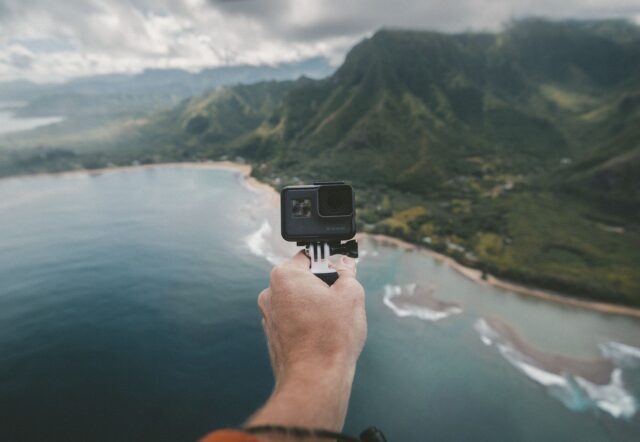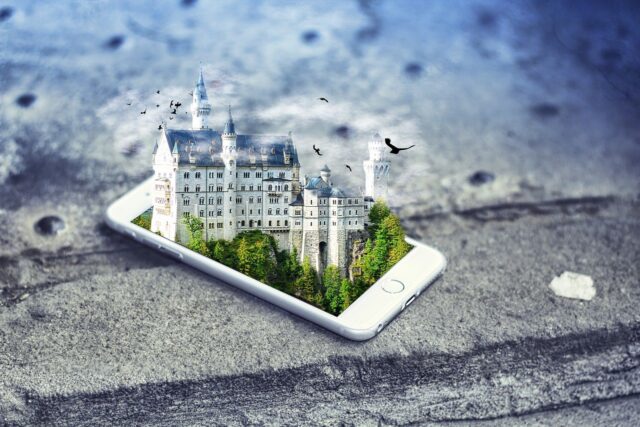Runners get on their marks as the Paisley 10k and Fun Run launches
April 4, 20245 Tips for Growing Your Small Business
April 8, 2024Smart tourism is continuing to gain traction, as more destinations begin to employ a variety of digital technologies to improve the tourist experience. With this in mind, let’s take a look at a few solutions that are allowing places to become smart destinations.
Live Streaming

Live streaming has long since been utilised in the entertainment industry to provide audiences with traditionally in-person events or activities through the internet. Take something like online casinos, for example. Players can find a variety of tables to play blackjack online at Paddy Power Games through the magic of live streaming. A human dealer sits at a real blackjack table in the studio, which is streamed in real time to the players. Players can also interact with the dealer and other participants in real time, which makes the experience immersive and authentic.
This same logic can be applied to tourism, particularly for areas of conservation or activities that aren’t entirely accessible. Whilst boosting tourism has its benefits, there might be restrictions or downsides to increased footfall in the area. In rural areas of Scotland and the Highlands, for example, increased physical tourism could spoil the idyllic nature of the countryside, and the landscape itself could take a hit. Instead, live streaming can allow visitors to explore the area and experience the views in real time, without having to even step foot on Scottish soil.
Virtual and Augmented Reality
Put simply, virtual reality (VR) creates a whole new environment, whereas augmented reality (AR) imposes digital elements onto the real world. They can either be used separately or as part of a mixed reality (MR) experience. As part of their designation as the European City of Science 2016, Manchester paved the way for UK cities to implement AR and VR to create interactive experiences.
The study, led by Manchester Metropolitan University, found that this could be utilised for a multitude of tourism applications. Since then, AR and VR have continued to gain popularity in the tourism industry, being used to create or enhance experiences in museums, art galleries, and even city walking or bus tours. This allows new audiences to engage with the content, as well as providing a unique experience that boasts immersive and interactive elements.

Artificial Intelligence
Artificial intelligence (AI) has seen a huge uptake in popularity over the past few years, becoming a technological buzzword of sorts. As reported by MyLondon, AI has even been used to generate itineraries for tourists visiting London who aren’t familiar with the area. Whilst there were some impressive surprises, the experiment wasn’t quite a success – but with the development of the technology, this may well become a new planning tool of the future, or at least aid with research.
Another more tried and tested implementation of AI in tourism is for crowd management. AI is already being used in cities like Toronto and Japan to provide tourists with real time indicators of how busy areas are, and uses data to suggest when the best times to visit might be. This also allows the relevant businesses to have enough staffing for the crowd size, improving the overall customer experience.
And there you have it – just a few solutions that are turning places into smart destinations. With these technologies, locations are able to make tourism more efficient, sustainable, immersive, and enjoyable.

